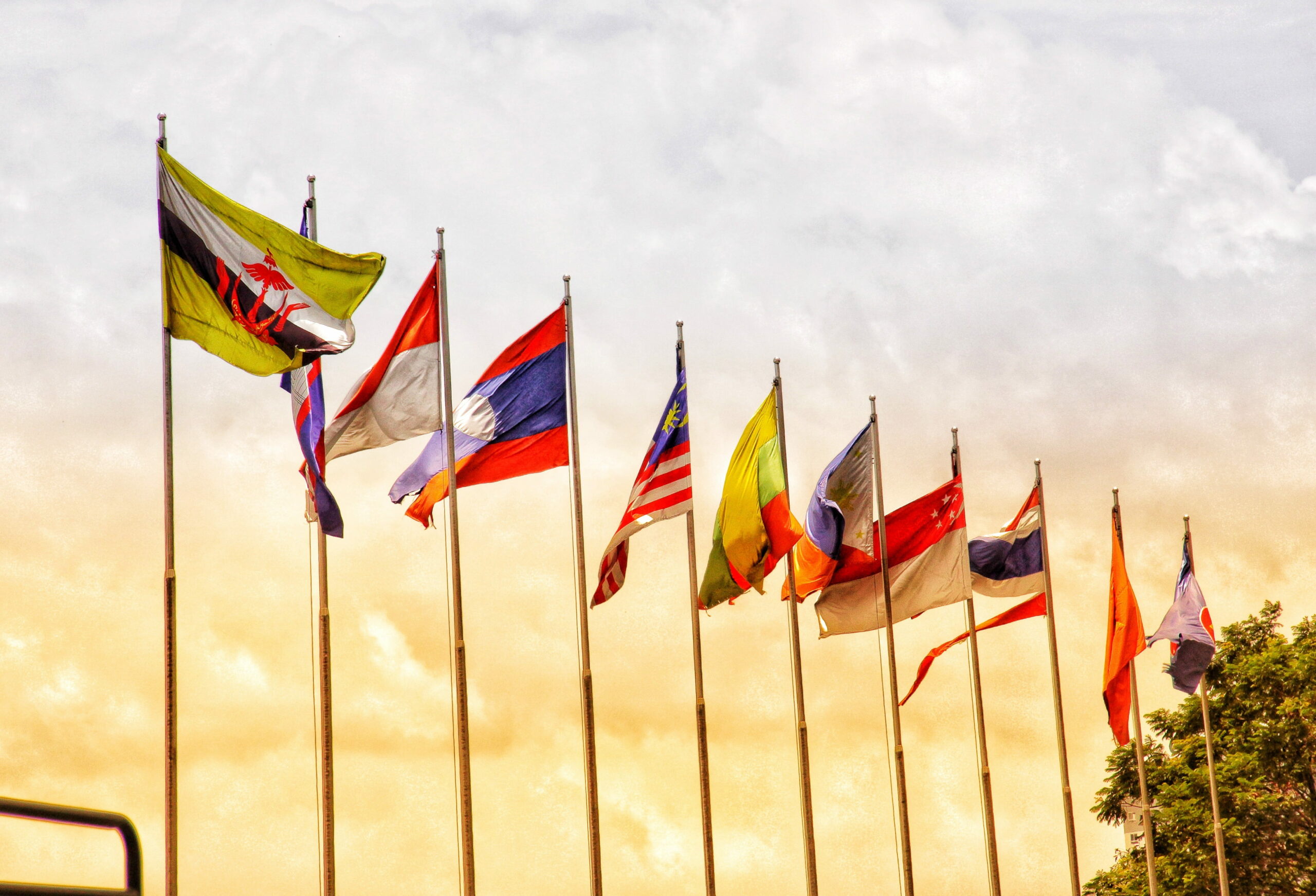Addressing Asia's Nuclear Dangers
What can and should we be doing to reduce the increasing nuclear threat? While we’ve all been dealing with the daily challenges wrought by the pandemic, a diverse group of experts from around the world (ourselves included) have been meeting virtually to address this question in a dialogue organized by the United Nations Institute for Disarmament Research (UNIDIR).
The dialogue’s findings were published earlier this month and will be presented to the U.N. First Committee in New York in October. But it’s also important that we draw wider attention to them in the world’s capitals.
We need to raise awareness that the dangers of nuclear war are real and growing, and to enlist the help of as many people as possible to prevent it happening. It’s in all of our interests to rebuild the habits of global cooperation that have eroded in recent years, and to do so urgently.
The findings should draw a large and attentive audience here in the Asia-Pacific, given the tensions that are mounting among the region’s major powers, including over-disputed territory. This is not a time for strategic complacency or to be overconfident in the ability of nuclear deterrence to prevent a major war.
This is true globally of course, but the problems are especially stark in Asia, where most of the world’s nuclear-armed states are located, and where arms racing behavior is accelerating, along with the risk of misunderstandings and miscalculations that could trigger a conflict that escalates into a nuclear war.
The danger signs are all around us. Amid competing interests, the race is on to acquire sophisticated weapons capabilities ― conventional and nuclear, offensive and defensive, and across domains ― in contravention of arms control agreements that are falling by the wayside, and despite the vulnerabilities created by new and emerging technologies.
The nuclear and missile-related activities of China and North Korea attract the most media attention in this respect, but even states in this region that are regarded as the “canaries in the coal mine” of the nuclear non-proliferation regime (Australia, Japan and South Korea) are succumbing to arms racing pressures.
For example, earlier this month South Korea successfully tested a submarine-launched ballistic missile ― the first state that does not possess nuclear weapons to do so. Likewise, Australia and Japan are racing to boost their strategic self-sufficiency by developing advanced missile capabilities, and defense communities in all three states are debating nuclear options.
The temptation to hedge against future uncertainties, including the emergence of an assertive China-Russia military alliance amid declining U.S. power and influence is strong, but it’s also lethal for the nuclear non-proliferation regime, including the Nuclear Non-Proliferation Treaty, which desperately needs the canaries to keep singing.
The UNIDIR dialogue findings set out a series of pragmatic steps to restore confidence among states. We have no illusions as to the difficulty of the road ahead. Yet key players have expressed shared interests in achieving several fundamental objectives, foremost among them reducing today’s nuclear dangers and shoring up the nuclear non-proliferation regime. Officials ― like readers or participants in the dialogue ― may differ as to which actions are most important or ripe for pursuit. We highlight three that have particular significance for the Asia-Pacific.
One, China and the United States should initiate regular strategic dialogue. The relationship between them is one on which the policies of the non-proliferation regime canaries ― and the future of Asia ― are likely to pivot.
Engagement that clarifies each side’s concerns can create space for common interests, including means to lessen uncertainties around intentions and programs. Official and semi-official dialogue between the powers could build on their involvement in the P5 process and address the risks of inadvertent escalation in their bilateral relations.
Two, non-nuclear armed states should be engaged in discussions about potential future arms control agreements. As noted, more states are pursuing sophisticated capabilities. Developments outside nuclear increasingly have the potential to impact on crises and conflicts among nuclear-armed states.
This is especially true in Asia given the risk of alliance entanglement. More inclusive forums can help recraft arms control for this new era and provide a foundation for meaningful restraint by all states.
Three, all stakeholders should look to transform thinking about nuclear weapons. Nuclear threat-making features regularly in Asia, directly in rhetoric or through provocative aerial and maritime maneuvers featuring nuclear-capable craft or vessels.
Leaders, officials, and publics in all states, especially nuclear-armed, should do more to think as global citizens, assessing nuclear dangers for global security and the uncertainties of sustained manageability of those dangers. A key step here is to introduce new and more diverse voices into the debate, strengthening education, information, engagement, and discussion around nuclear policy.
The UNIDIR dialogue findings set forth a vision for collaborative action to address rising nuclear dangers. It is incumbent upon all of us to take urgent action.
Tanya Ogilvie-White is senior research adviser to the Asia-Pacific Leadership Network for Nuclear Non-Proliferation and Disarmament (APLN). Wilfred Wan is lead researcher in the WMD and Other Strategic Weapons Programme at he United Nations Institute for Disarmament Research (UNIDIR). Their article is published in cooperation with the APLN (www.apln.network).
Disclaimer: The opinions articulated above represent the views of the author(s) and do not necessarily reflect the position of the Asia Pacific Leadership Network or any of its members.
This article was published in The Korea Times on 23 September 2021 as part of a dedicated, regular Korea Times column with analysis by APLN members on global issues. You can find the original post here.
Image: APLN / UN Photo, Jean-Marc Ferré




